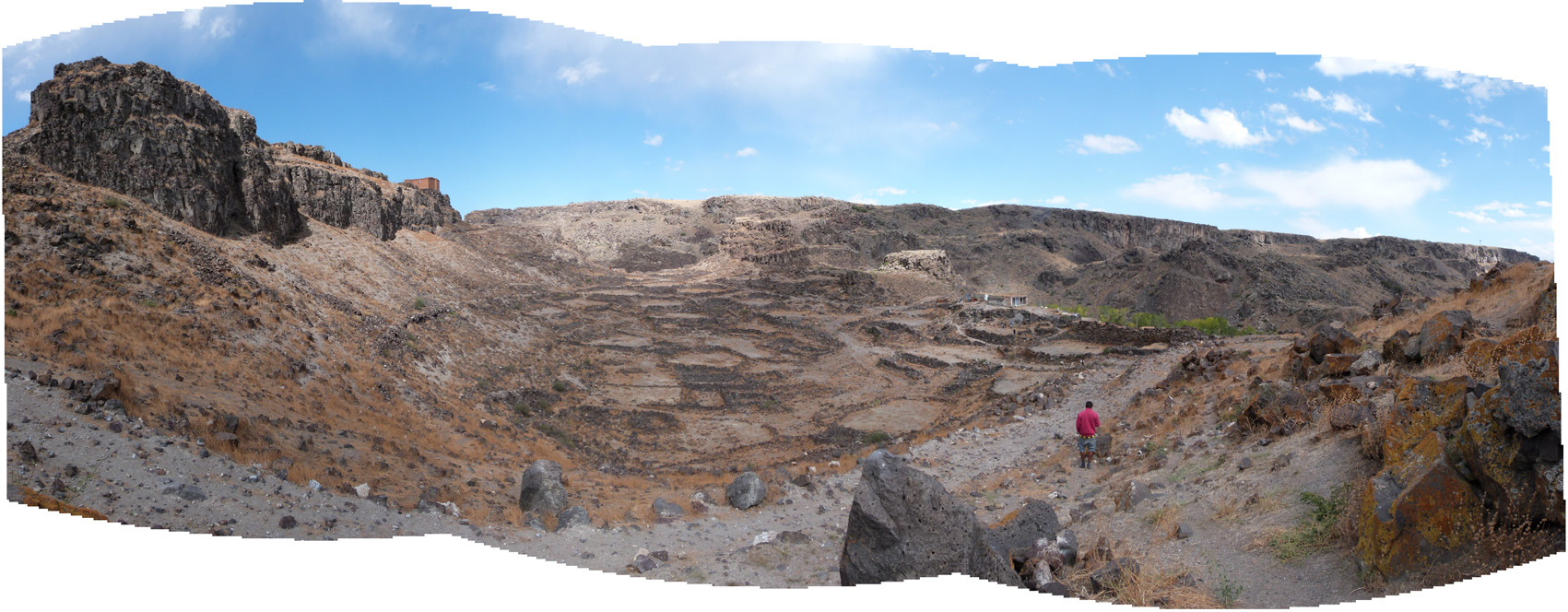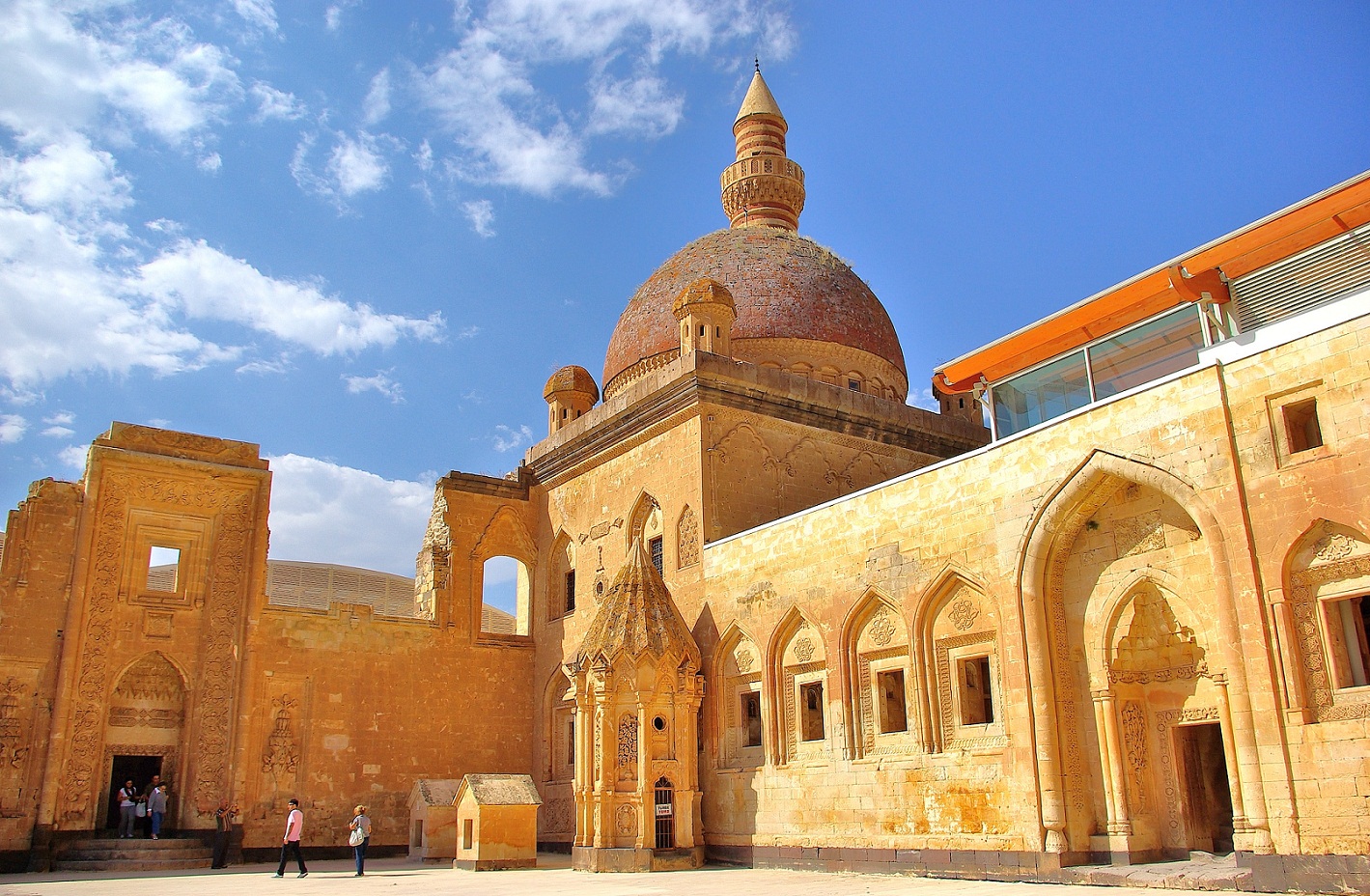|
Battle Of The Blarathon
The Battle of the Blarathon, also known as the Battle of Ganzak, was fought in 591 near Ganzak between a combined Byzantine–Persian force and a Persian army led by the usurper Bahram Chobin. Background In 590, Sasanian Shah Hormizd IV grew envious of the growing fame of his military commander, Bahram Chobin. After Bahram suffered a relatively minor defeat in a battle with the Byzantines on the banks of the Aras, Hormizd dismissed the general from his position and humiliated him by sending him a chain and a spindle to show that he considered him as a low slave "as ungrateful as a woman" During the summer of 590 with the support of his devoted troops and other veterans, Bahram marched upon the Sasanian capital in rebellion against the ungrateful Shah. Before Bahram arrived in Ctesiphon, however, Hormizd was slain in a power struggle and his son Khosrow was placed on the throne. Upon the arrival of Bahram and his army, Khosrow fled to Byzantine territory. Bahram immediately too ... [...More Info...] [...Related Items...] OR: [Wikipedia] [Google] [Baidu] |
Sasanian Civil War Of 589–591
The Sasanian civil war of 589–591 was a conflict that broke out in 589, due to the great deal of dissatisfaction among the nobles towards the rule of Hormizd IV. The civil war lasted until 591, ending with the overthrow of the Mihranid usurper Bahram Chobin and the restoration of the Sasanian family as the rulers of Iran. The reason for the civil war was due to king Hormizd IV's hard treatment towards the nobility and clergy, whom he distrusted. This eventually made Bahram Chobin start a major rebellion, while the two Ispahbudhan brothers Vistahm and Vinduyih made a palace coup against him, resulting in the blinding and eventually death of Hormizd IV. His son, Khosrow II, was thereafter crowned as king. However, this did not change the mind of Bahram Chobin, who wanted to restore Parthian rule in Iran. Khosrow II was eventually forced to flee to Byzantine territory, where he made an alliance with the Byzantine emperor Maurice against Bahram Chobin. In 591, Khosrow II and his Byz ... [...More Info...] [...Related Items...] OR: [Wikipedia] [Google] [Baidu] |
Dara (Mesopotamia)
Dara or Daras (Turkish language, Turkish: Dara Antik Kenti; Kurmanji, Kurdish: Darê; ; ) was an important East Roman Empire, East Roman fortress city in northern Mesopotamia on the border with the Sassanid Empire. Because of its great strategic importance, it featured prominently in the Roman-Persian Wars, Roman-Persian conflicts (in Battle of Dara, 530, 540, 544, Siege of Dara (573), 573, and 604). The former archbishopric remains a multiple Catholic titular see. Today, the village of Dara, Artuklu, Dara, in the Mardin Province occupies its location. History Foundation by Anastasius During the Anastasian War in 502–506, the Roman armies fared poorly against the Sassanid Empire, Sassanid Persians. According to the ''Syriac Chronicle'' of Zacharias Rhetor, Zacharias of Mytilene, the Roman generals blamed their difficulties on the lack of a strong base in the area, as opposed to the Persians, who held the great city of Nusaybin, Nisibis (which until its cession in 363 had ser ... [...More Info...] [...Related Items...] OR: [Wikipedia] [Google] [Baidu] |
Dmanisi
Dmanisi ( ka, დმანისი, tr, , ) is a town and archaeological site in the Kvemo Kartli region of Georgia (country), Georgia approximately 93 km southwest of the nation’s capital Tbilisi in the river valley of Mashavera. Abandoned in the 1700s, Bashkichet (Башкичети) was resettled in 1844 to 2000 by Russian sectarian ''Doukhobors, Dukhobortsy'' exiled from Taurida Governorate. It was renamed Dmansi (Дманиси) from the ancient Mongol ''duman'', menaing "military or administrative unit". It is the site of Dmanisi Hominid Skulls, which are dated to 1.8 Megaannum, million years ago, making them the earliest dated human remains in Eurasia.1.85-1.78 Ma 95% CI. Garcia, T., Féraud, G., Falguères, C., de Lumley, H., Perrenoud, C., & Lordkipanidze, D. (2010). "Earliest human remains in Eurasia: New 40Ar/39Ar dating of the Dmanisi hominid-bearing levels, Georgia". Quaternary Geochronology, 5(4), 443–451. doi:10.1016/j.quageo.2009.09.012 A Dmanisi Hominid S ... [...More Info...] [...Related Items...] OR: [Wikipedia] [Google] [Baidu] |
Stepanavan
Stepanavan () is a town and municipal community in the Lori Province of Armenia. It is located north of the capital Yerevan and north of the provincial centre Vanadzor, halfway between Yerevan and Tbilisi. As of the 2011 census, the population of the town is 13,086. Currently, the town has an approximate population of 10,800 as per the 2016 official estimate. As of the 2022 census, the population of the town is 11,982. Due to its location on the shores of Dzoraget River among the forest of Lori plateau and Bazum mountains, Stepanavan is considered a resort town in northern Armenia. Etymology Stepanavan was founded in 1810 as ''Jalaloghli'', literally meaning ''son of Jalal'' in Turkic languages. The name is derived from the Armenian noble family of House of Hasan-Jalalyan, Hasan-Jalalyan. A khachkar-memorial in the town testifies that the settlement was founded in 1810 by prince ''Davit Hasan-Jalalyan''. In 1923, Jalaloghli was renamed ''Stepanavan'', meaning ''town of Stepan' ... [...More Info...] [...Related Items...] OR: [Wikipedia] [Google] [Baidu] |
Ardahan
Ardahan ( ka, არტაანი, tr; ; Russian: Ардаган) is a city in northeastern Turkey, near the Georgian border. It is the seat of Ardahan Province and Ardahan District.İl Belediyesi Turkey Civil Administration Departments Inventory. Retrieved 12 January 2023. Its population is 22,927 (2021). History Ancient and medieval Ardahan was historically located in the region of Gogarene (), which calls a part of the |
Zarishat
Zarishat () is a village in the Amasia Municipality of the Shirak Province of Armenia. Demographics According to 1912 publication of ''Kavkazskiy kalendar'', there was a mainly Karapapakh The Karapapakhs (; ), or Terekeme (; ), are a Turkic people, who originally spoke the Karapapakh language, a western Oghuz language closely related to Azerbaijani and Turkish. Nowadays, the Karapapakh language has been largely supplanted by ... population of 260 in the village of Gonjali of the Kars Okrug in the Kars Oblast. The population of the village since 1897 is as follows: References * * Populated places in Shirak Province {{Shirak-geo-stub ... [...More Info...] [...Related Items...] OR: [Wikipedia] [Google] [Baidu] |
Kars
Kars ( or ; ; ) is a city in northeast Turkey. It is the seat of Kars Province and Kars District.İl Belediyesi , Turkey Civil Administration Departments Inventory. Retrieved 1 March 2023. As of 2022, its population was 91,450. Kars, in classical historiography (Strabo), was in the ancient region known as ''Chorzene'' (), part of the province of Ayrarat in the Kingdom of Armenia (antiquity), Kingdom of Armenia, and later the historic capitals of Armenia, capital of the Bagratid Kingdom of Armenia from 929 to 961. Currently, the mayor of Kars is Ötüken Senger. The city had an Armenians, Armenian ethnic majority until it was re-captured by Turkish National Movement, Turkish nationalist forces in late 1920. Etymology The city's name may derive from the Armenian language, Armenian w ...[...More Info...] [...Related Items...] OR: [Wikipedia] [Google] [Baidu] |
Ejmiatsin
Vagharshapat ( ) is the 5th-largest city in Armenia and the most populous municipal community of Armavir Province, located about west of the capital Yerevan, and north of the closed Turkish-Armenian border. It is commonly known as Ejmiatsin (also spelled Echmiadzin or Etchmiadzin, , ), which was its official name between 1945 and 1995. It is still commonly used colloquially and in official bureaucracy, a case of dual naming. The city is best known as the location of Etchmiadzin Cathedral and Mother See of Holy Etchmiadzin, the center of the Armenian Apostolic Church. It is thus unofficially known in Western sources as a "holy city" and in Armenia as the country's "spiritual capital". It was one of the major cities and a capital of the ancient Kingdom of Greater Armenia. Reduced to a small town by the early 20th century, it experienced large expansion during the Soviet period becoming, effectively, a suburb of Yerevan. Its population stands just over 37,000 based on 2016 esti ... [...More Info...] [...Related Items...] OR: [Wikipedia] [Google] [Baidu] |
Bagaran (ancient City)
Bagaran () was a city in ancient Armenia founded during the reign of the Orontid dynasty. It is one of the historical capitals of ancient Armenia. History Ancient and medieval According to the Armenian historian Movses Khorenatsi, Bagaran was founded during the third century BC by King Orontes IV of Armenia. It quickly became the religious centre of Armenia, replacing Armavir as the main spiritual site of the Orontid pagan temples. After the fall of the Orontid dynasty and the rise of the Artaxiad dynasty, king Artaxias I moved all the pagan monuments from Bagaran to his newly built capital of Artashat (Artaxata), founded in 176 BC. During the second half of the sixth century, Bagaran, along with the entire canton of Arsharunik, became the property of the Kamsarakan princes. The Church of Saint Theodore built between 624 and 631 was one of the main landmarks of Bagaran. Inscriptions on the church of Saint Theodore of Bagaran were located at the exterior of the entire build ... [...More Info...] [...Related Items...] OR: [Wikipedia] [Google] [Baidu] |
Doğubayazıt
Doğubayazıt (; or , ) is a town of Ağrı Province of Turkey, near the Iran–Turkey border, border with Iran. Its elevation is 1625 m. It is the seat of Doğubayazıt District. History For most of the periods described here, Doğubayazıt was a bigger and more important settlement than the present-day provincial capital ''Ağrı'', not least because this is the Iranian border crossing. The area has a long history, with monuments dating back to the time of the Urartu, Kingdom of Urartu (over 2700 years ago). Before the Ottoman Empire the site was referred to by its Armenian language, Armenian name Daruynk (written as Դարույնք in Armenian).Edwards, Robert W. (1988). "Bayazit," ''Encyclopaedia Iranica'' III.8, 1988, pp.886-887 . In the 4th century the Sasanians failed to capture the Armenian stronghold and royal treasury at Daroynk. Princes of the Bagratid dynasty of Armenia resided at Daroynk and rebuilt the fortress into its present configuration with multiple ... [...More Info...] [...Related Items...] OR: [Wikipedia] [Google] [Baidu] |
Manzikert
Malazgirt (; ; ), historically known as Manzikert (), is a town in Muş Province in Turkey. It is the seat of Malazgirt District.İlçe Belediyesi Turkey Civil Administration Departments Inventory. Retrieved 22 May 2023. Its population is 18,873 (2022). It is mostly populated by with few Islamized Armenians. It is the site of the 1071 between the |







